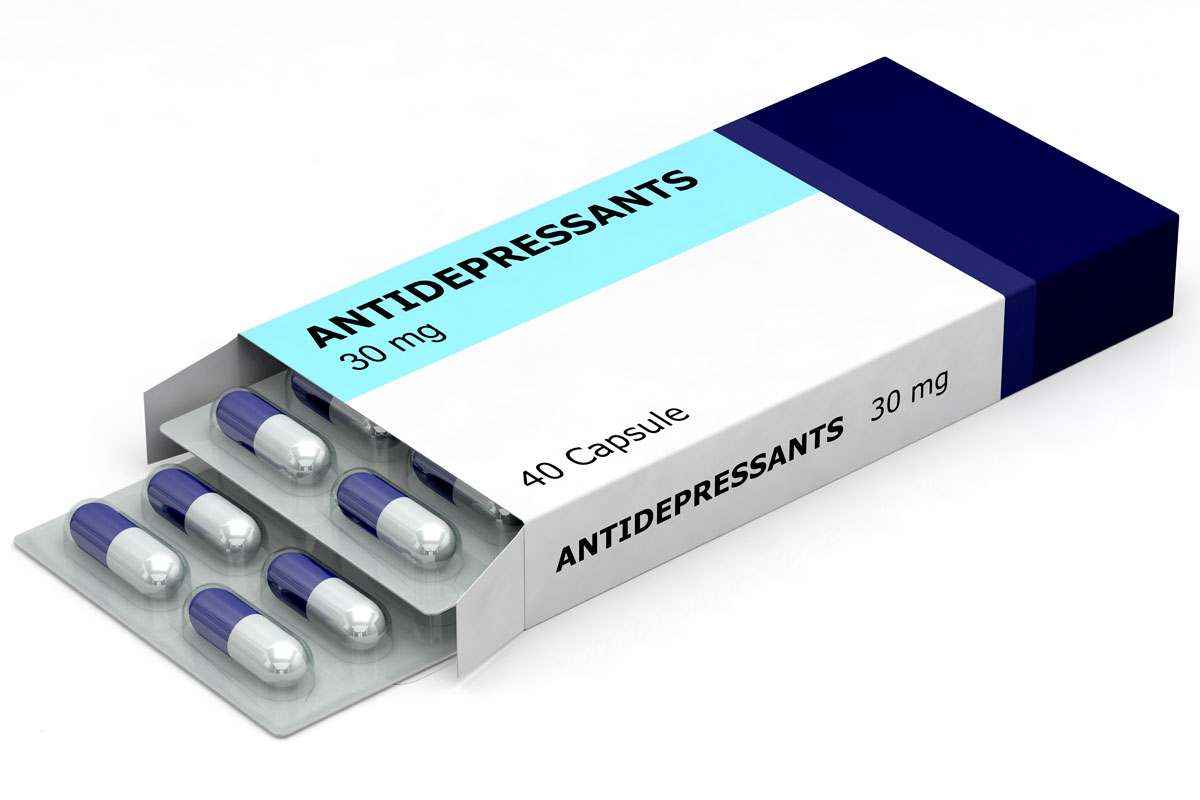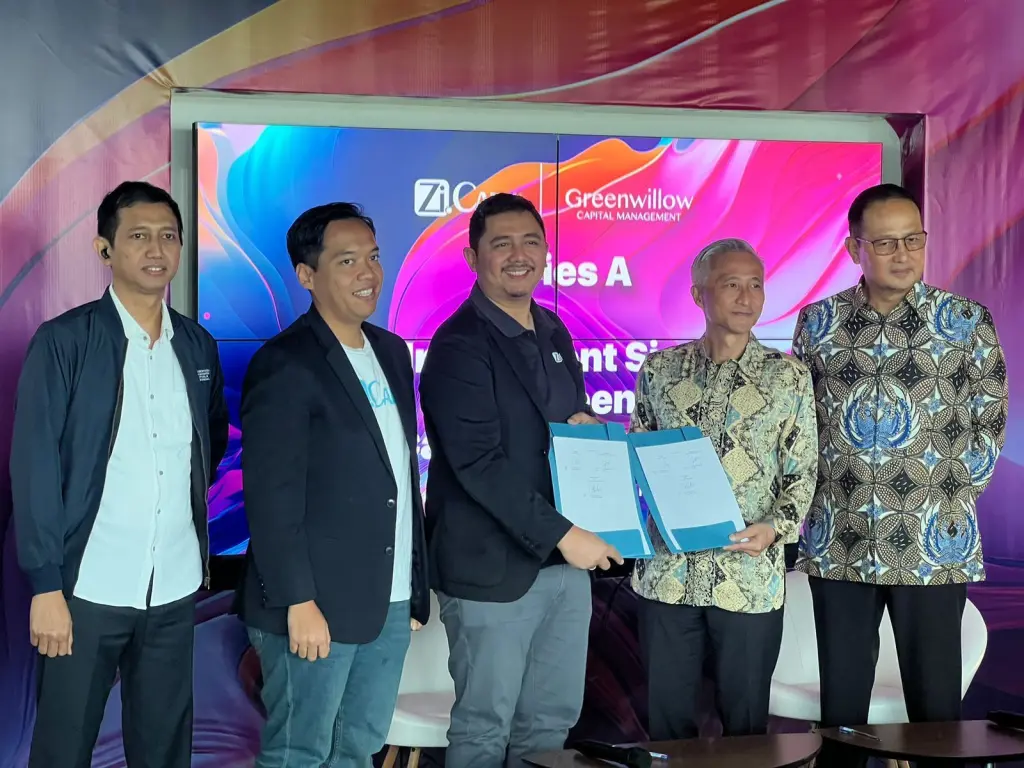A hospital collects and analyses aggregate data to support patient care and its organisation management.
Aggregate data provides a profile of the hospital over time and allows the comparison of the hospital’s performance with other hospitals. Thus, aggregate data are an important part of the hospital’s performance improvement (PI) activities.
PI facilitates desired outcomes by monitoring and evaluating the quality and appropriateness of patient care, measuring both process and outcome and conducting trend analyses, pursuing opportunities to improve patient care, ensuring high-quality care, and developing standards for monitoring quality of care.
Most hospitals are involved in processes of quality improvement. As part of these processes, on-going data are collected regarding outcomes and analysed for problems or opportunities for improvement. When outcomes are known, then addressing areas for possible improvement in outcomes becomes possible. In response to identified user needs, hospitals can understand its current performance by monitoring and evaluating aggregate data through risk management, utility system management, infection prevention and control, and utilisation review and identify opportunities for improvement.
Allow me to take you about the PI activities of risk management, utility system management, infection prevention and control, and utilisation review. We will look at how a hospital through the PI activities of risk management, utility system management, infection prevention and control, and utilisation review meets the Joint Commission International (JCI) Standard MCI.20.1, Measurable Element (ME) 1 which requires that a hospital as “The organization has a process to aggregate data in response to identified user needs.”
Risk is defined as the chance of loss. Risk management can be defined as identifying circumstances that put patients or a hospital at risk for adverse outcomes and putting into operation methods that avoid, prevent, and to mitigate (reduce or eliminate) the risks. Hospital adopted risk management when there were many problems in malpractice that caused risk to be a potential problem for hospitals, thus sentinel event monitoring was added to the hospital accreditation process in the mid-1990s.
Risk management is about the focus on an individual case, investigation of the post-event, implementing strategies to address the event, regulatory compliance with legal standard of care, unexpected outcomes which drive the process despite performing all of the regulatory requirements in a timely and competent manner, and been reactive that is relying (Barbara 2011) “on lessons learned from past mistakes, which they apply to the case at hand in order to “defend” the actions of those involved.”
Risk management is about the various strategies to fix problems. Examples of risk management techniques are practice modification (an example of risk management is avoiding the use of a code cart that has not been restocked properly or as for an individual patient, it may be confirming that all the protocols are followed when giving intravenous medications to the patient), insurance transfer, or risk avoidance such as when we eliminate the risk by closing of an obstetrics unit or mental health services or reducing the privileges of a specific provider who may not have the requisite skill to safely perform a specific procedure.
I remember the relatively low numbers of sentinel events reported annually from hospitals that had to report such events, – as it was then and I am sure it is still today, commonly recognised that there are limitations of a reporting system. However, I am certain that aggregate data collected over the years have proved invaluable toward understanding specific types of hospital based errors. In Malaysia, sentinel events in private hospitals is part of a mandatory incident reporting system in accordance to the ACT 586, Private Healthcare Facilities And Services Act 1998, Private Healthcare Facilities And Services (Private Medical Clinics Or Private Dental Clinics) Regulations 2006, Regulation 13. Ministry of Health Malaysia hospitals are required to follow THE MALAYSIAN INCIDENT REPORTING AND LEARNING SYSTEM, in incident reporting for adverse events with the general objective “To facilitate a learning organisation through the reporting of and learning from adverse incidents, “near misses” and hazards so that a just and safe culture will be nurtured amongst health care providers, in our efforts to enhance the safety of the Malaysian health care system.”, which requires mandatory reporting of specific event types to further foster the sharing of lessons learned. Despite this shared learning, I am sure we still have medical errors occurring in our hospitals and clinics every day.
Health Information Management (HIM) / Medical Records (MR) practitioners need to know that their HIM / MR Department that supplies the raw material (i.e., the medical-record documentation), serves as one of the strongest allies of the risk management activities and risk and quality managers turn to this department regularly for support and services. It is common for routine requests for case review analysis with expedited requests made during times of accreditation surveys and on-site inspections.
The role of this department in identifying adverse events and quality-of-care concerns hospital-acquired conditions (HAC) – examples of HACs are foreign object retained after surgery, air embolism, blood incompatibility, catheter-associated urinary tract infection.
HIM / MR practitioners working in a HIM / MR department may be required to identify these HACs and initiate a report to the risk and quality departments for peer review and quality analysis. HIM / MR practitioners must also be aware that another early indicator for a potential claim against a hospital is a request for medical records, especially by a lawyer. Medical-records staff should notify their risk management / QA department and the hospital top management upon receipt of such requests.
Readers, I know for a fact I have not been able to cover all aspects of risk management in this post but it is enough to give you a brief overview of what risk management is about and how it affects the HIM / MR practitioner. In a future post, I will expand on discoverability of medical records in medical-malpractice cases that is the written discovery as the first phase of the discovery process in a medical-negligence case, when there is a request to produce documents and tangible items, such as medical records, films, and pathology slides.
As I posted in the post JCI Standard MCI.20.1 – patient based data and aggregate data, in a process available to aggregate data to meet the needs of internal and external users (this link will open in a new tab of your current browser window), given the wide issues of concern for the two requirements about JCI Standard MCI.20.1, I shall continue on the other PI activity of infection prevention and control in another post.
References:
Barbara JY 2011, Principles of risk management and patient safety, Jones & Bartlett Learning, Sudbury, MA, USA
Caroline, BR & Mary, TK 2012, Textbook of basic nursing, 10th edn, Wolters Kluwer Health, Lippincott Williams & Wilkins, Philadelphia, USA
Janice, RE, Celia, LH 2012, Nursing in todays world : trends, issues & management, 10th edn, Wolters Kluwer Health | Lippincott Williams & Wilkins, Philadelphia, PA, USA
Joint Commission International 2010, Joint Commission International Accreditation Standards For Hospitals, 4th edn, JCI, USA
Patient Safety Unit, Medical Care Quality Section, Medical Development Division 2012, INCIDENT REPORTING & LEARNING SYSTEM: “From Information to Action”, Ministry of Health Malaysia, viewed 28 November 2012, <http://hkbatas.moh.gov.my/v2/uploads/UPDATED_INCIDENT_REPORTING_2012_KKM.pdf>
Private Healthcare Facilities And Services Act 1998, Private Healthcare Facilities And Services (Private Medical Clinics Or Private Dental Clinics) Regulations 2006, viewed 28 November 2012, <http://www.mma.org.my/Portals/0/pdf/prv_health_fac.pdf>
Michelle, AG & Mary, JB 2011, Essentials of Health Information Management: Principles and Practices, 2nd edn, Delmar, Cengage Learning, NY, USA
Wager, KA, Frances, WL & John PG 2005, Managing health care information systems : a practical approach for health care executives,1st edn, Jossey-Bass A Wiley Imprint, San Francisco, CA, USA






























